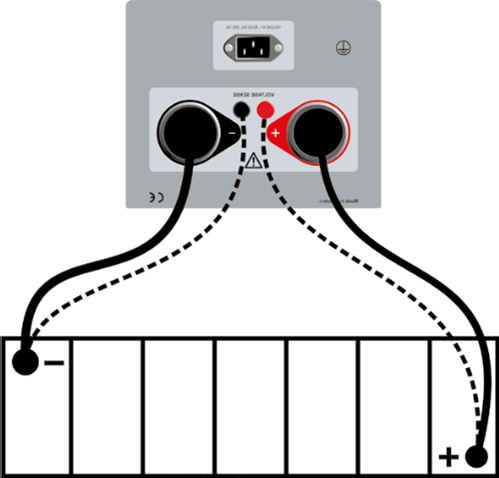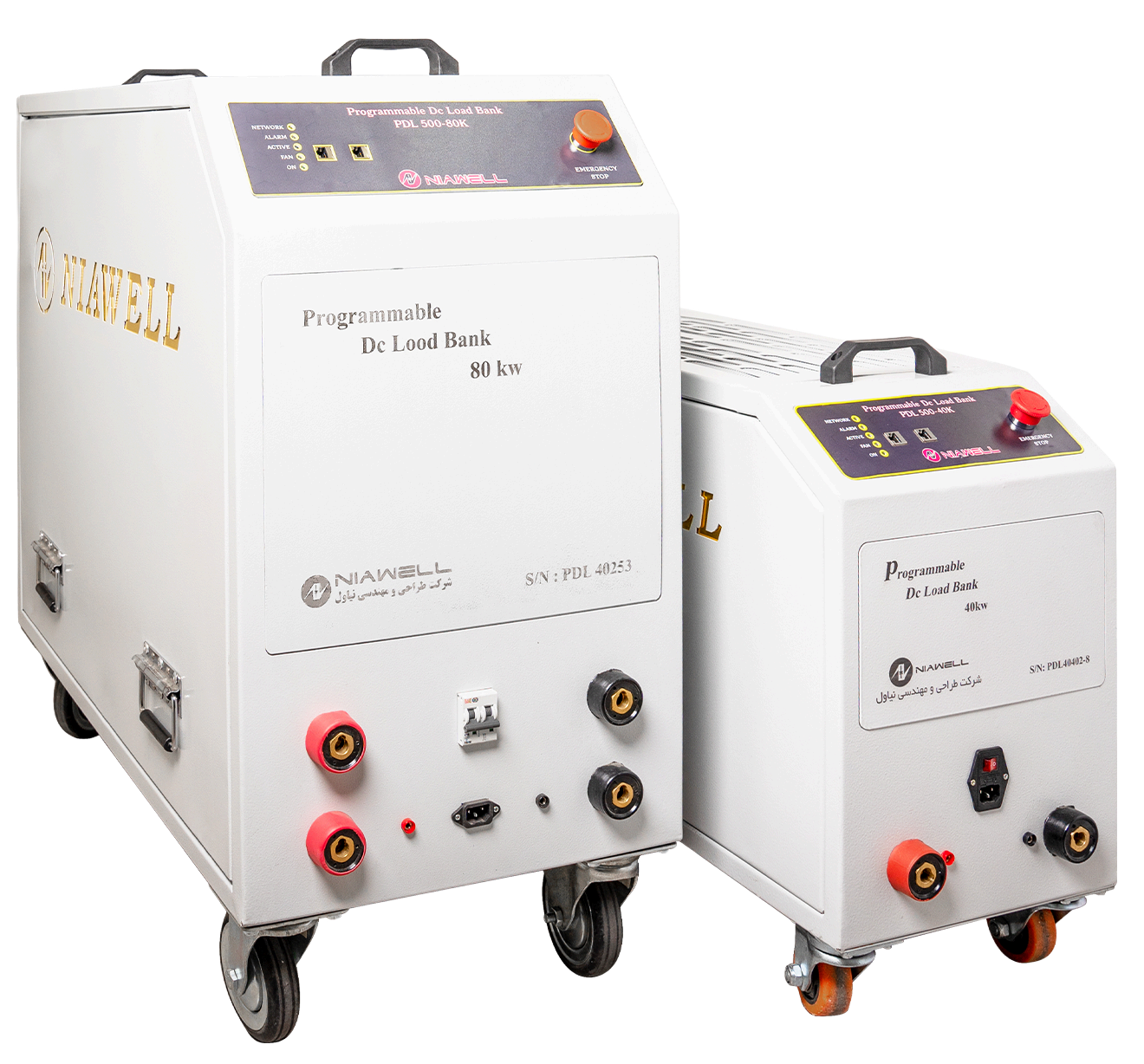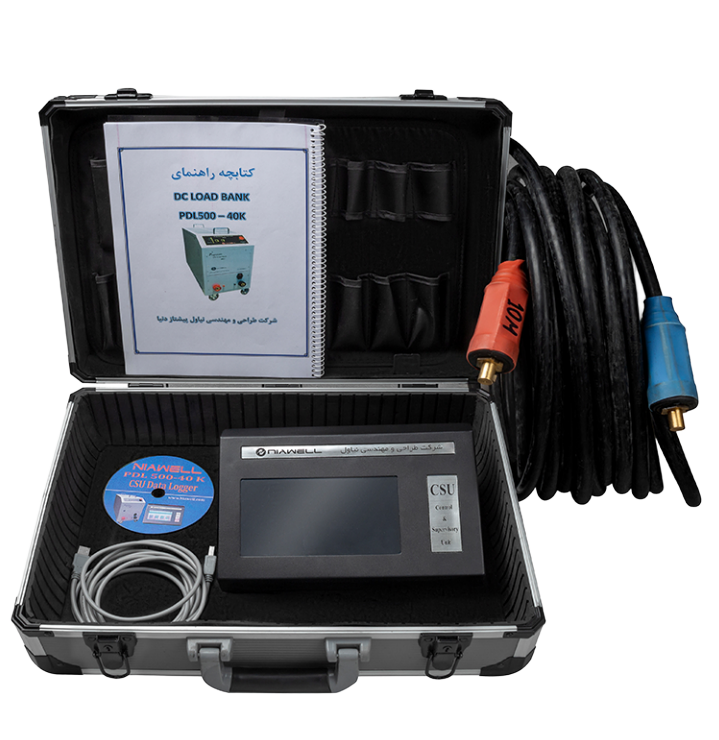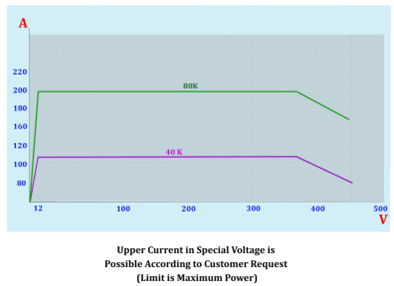In a test scenario, the PDL device is connected to the battery and the warning thresholds for current and voltage are preset. After the discharge process begins, the device maintains the current at the set value in constant-current mode (CC). As the voltage gradually decreases and reaches the warning level (a value slightly above the cut-off voltage), the device triggers an alarm. If the voltage continues to drop and reaches a critical level that risks deep discharge of the battery, the PDL automatically stops the discharge process to prevent damage to the battery.In case of a temporary power interruption, the device resumes the test process from the same point after power is restored. All recorded data are stored in the device memory and can be easily transferred to a computer via the Niawell CSU Logger software and viewed and managed as PDF.

For accurate measurement of battery voltage, especially in applications with long cables or high currents, it is recommended to use separate sense lines (sense lines) to compensate for voltage drop.










